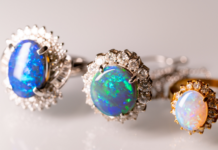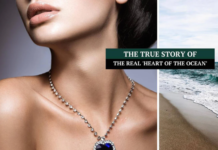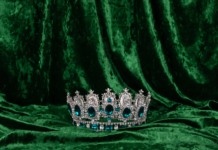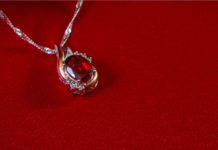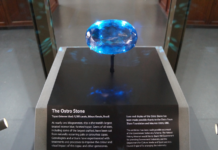Diamonds are one of the most valuable and sought-after gemstones in the world. These precious stones have been treasured for centuries, symbolizing wealth, power, and love. In recent years, diamonds have gained even more popularity as engagement rings and fine jewelry.
But there is so much more to diamonds than just their beauty and rarity. In this comprehensive guide, we will delve into the history, formation, mining, quality, cutting, and ethical issues surrounding diamonds.
The History of Diamonds
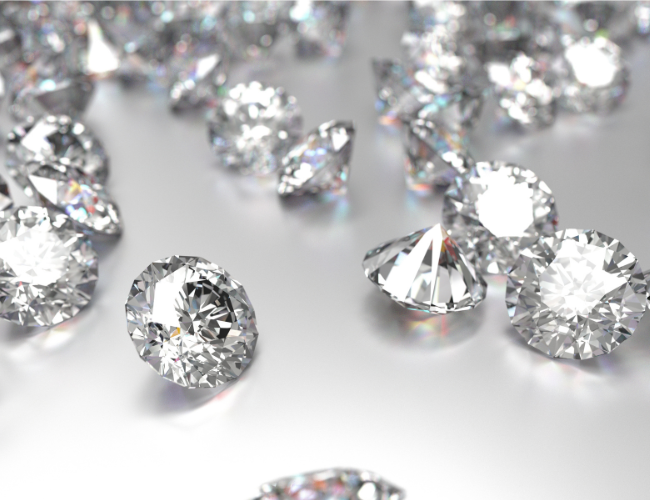
Diamonds have a rich history that dates back thousands of years. The word “diamond” comes from the Greek word “adamas,” which means invincible or indestructible. This is perhaps the most fitting name for these gems, as they are the hardest substance on earth, ranking a 10 on the Mohs scale of mineral hardness.
The earliest recorded use of diamonds was in India around 400 BCE, where they were used as religious icons and talismans. It wasn’t until the 15th century that diamonds began to be worn as adornments by European royalty and aristocracy. During the 19th century, diamond mining began in South Africa, which led to a surge in diamond production and availability.
Today, diamonds continue to be highly valued and are often associated with special occasions such as engagements, weddings, and anniversaries.
The Discovery of Diamonds
The first diamonds were discovered in India around 2,500 years ago. They were found in riverbeds and alluvial deposits, which is still how some diamonds are mined today. The Indian diamond trade reached its peak during the 16th and 17th centuries. However, by the late 18th century, the supply of diamonds had dwindled, and new sources had to be found.
In 1867, diamonds were discovered in South Africa, which led to the establishment of the modern diamond industry. Today, diamonds are mined in many countries around the world, including Russia, Botswana, Canada, Australia, and Angola.
The Symbolism of Diamonds
Throughout history, diamonds have symbolized wealth, power, and love. They have been used as talismans for protection and were believed to possess healing powers. In ancient India, it was believed that diamonds could ward off evil spirits and bring good luck.
In modern times, diamonds are often given as a symbol of commitment and love. Engagement rings featuring diamonds have become a cultural tradition in many western countries.
How Diamonds are Formed?
Diamonds are formed deep within the earth’s mantle, where intense pressure and heat cause carbon atoms to bond together and form crystals. These crystals are then brought to the earth’s surface through volcanic eruptions or other geological processes.
Natural Diamond Formation
Natural diamonds are formed over billions of years under extreme heat and pressure. It is estimated that diamonds form at depths of 140 to 190 kilometers beneath the earth’s surface.
The process of diamond formation begins when carbon-rich material, such as plant or animal remains, is buried deep within the earth’s mantle. Over time, this material is subjected to immense pressure and heat, causing the carbon atoms to bond together and form diamond crystals.
Diamonds are then brought to the earth’s surface through volcanic eruptions. These eruptions create kimberlite pipes, which are narrow, vertical tubes that contain diamonds. When the kimberlite cools, it becomes solid and forms a hard rock called “diamondiferous” kimberlite.
Laboratory-Grown Diamonds
In recent years, laboratory-grown diamonds have become more common. These diamonds are created using advanced technology that mimics the natural process of diamond formation. However, instead of taking billions of years, they are created in a matter of weeks or months.
Laboratory-grown diamonds are made using two methods: High Pressure High Temperature (HPHT) and Chemical Vapor Deposition (CVD). The HPHT method involves placing a small diamond “seed” into a carbon-rich environment and subjecting it to intense pressure and heat. This causes carbon atoms to bond together and form a larger diamond crystal.
The CVD method involves heating a gas mixture in a vacuum chamber, causing carbon atoms to separate from the gas and deposit onto a substrate, forming a diamond crystal.
The 4 C’s of Diamond Quality
When evaluating the quality of a diamond, there are four factors to consider: cut, color, clarity, and carat weight. These are often referred to as the “4 C’s” of diamond quality.
Cut
The cut of a diamond refers to the angles and proportions of the diamond’s facets. A well-cut diamond will reflect light internally and disperse it back through the top of the diamond, creating a brilliant sparkle. A poorly cut diamond will appear dull and lifeless.
Color
Diamonds are graded on a scale from D (colorless) to Z (yellow or brown). The less color a diamond has, the more valuable it is. Some diamonds have natural colors, such as pink or blue, which can make them even more valuable.
Clarity
The clarity of a diamond refers to the presence of internal or external flaws, known as inclusions or blemishes. The fewer inclusions a diamond has, the higher its clarity grade. Flawless diamonds are extremely rare and valuable.
Carat Weight
Carat weight refers to the size (weight) of a diamond. One carat is equal to 0.2 grams. Larger diamonds are rarer and more valuable than smaller diamonds.
The Most Expensive Diamonds in the World
Diamonds have fetched incredibly high prices at auctions and private sales over the years. Here are some of the most expensive diamonds ever sold:
The Pink Star
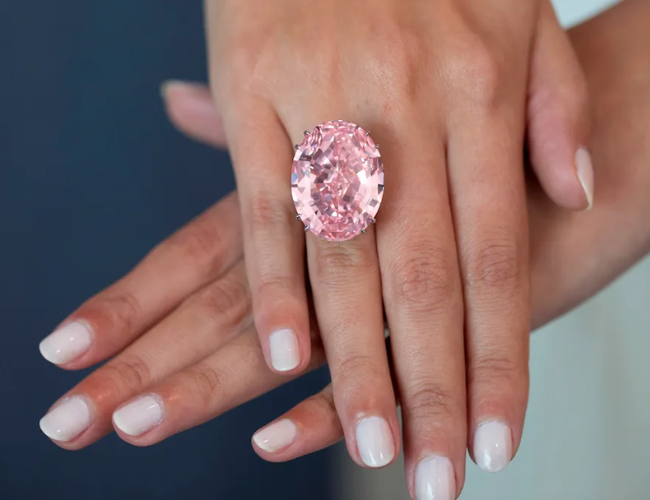
The Pink Star is a 59.6-carat pink diamond that was sold for $71.2 million at auction in 2017. This made it the most expensive diamond ever sold at auction.
The Oppenheimer Blue

The Oppenheimer Blue is a 14.62-carat blue diamond that was sold for $57.5 million at auction in 2016. It is the largest fancy vivid blue diamond ever sold at auction.
The Winston Blue
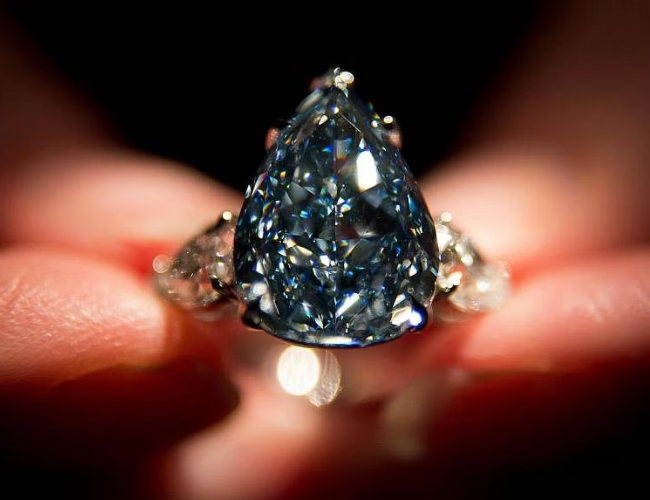
The Winston Blue is a 13.22-carat flawless blue diamond that was sold for $23.8 million at auction in 2014. It was named after jeweler Harry Winston, who purchased the diamond at the Christie’s auction.
Tips for Buying the Perfect Diamond
If you’re in the market for a diamond, there are a few things to keep in mind to ensure that you get the best value for your money:
- Consider the 4 C’s: Cut, color, clarity, and carat weight are all important factors to consider when evaluating a diamond’s quality.
- Set a budget: Decide how much you are willing to spend before you start shopping for a diamond. This will help you avoid overspending and ensure that you get the best value for your money.
- Buy from a reputable dealer: Look for a jeweler who is knowledgeable about diamonds and has a good reputation for quality and customer service.
- Get a certificate: Make sure that the diamond comes with a certification from a reputable grading agency, such as the Gemological Institute of America (GIA).
- Consider alternative options: If you’re looking for a diamond but want to save money, consider buying a lab-grown diamond or a diamond with slightly lower grades in one or more of the 4 C’s.
Conclusion
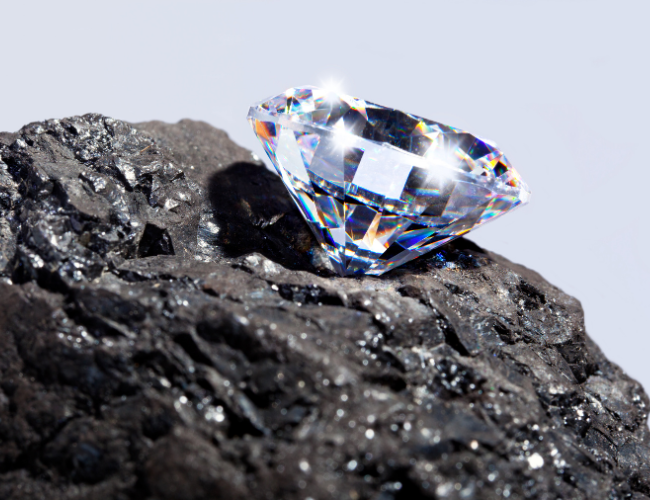
Diamonds are truly fascinating gems that have captivated people for centuries. From their natural formation deep within the earth to their use in popular culture and practical applications, diamonds continue to be highly valued and sought after.
By understanding the history, quality factors, and ethical concerns surrounding diamond mining, consumers can make informed decisions when purchasing these precious stones.







